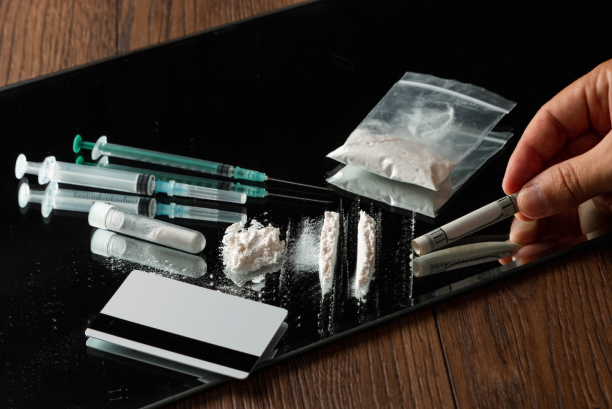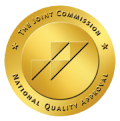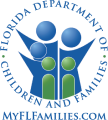Drug addiction is a serious problem in Florida, affecting individuals and families from all walks of life.
According to the Florida Department of Law Enforcement, there were over 3,500 overdose deaths in Florida in 2019 alone. The good news is that drug addiction is a treatable condition, and there are many drug addiction treatment programs available in South Florida to help those struggling with addiction find hope and healing.
Understanding Drug Addiction
Drug addiction is a complex disease that affects the brain and behavior, leading to compulsive drug seeking and use despite
harmful consequences. In Florida, opioid addiction has become a particular concern, with prescription opioid overdose deaths increasing by over 1,200% from 2000 to 2018. However, drug addiction can also involve other substances, such as cocaine, methamphetamine, and alcohol.
- Our Programs
- Addiction Therapy Programs
Our Programs
Understanding drug addiction in Florida is crucial to effectively treating the condition and helping individuals recover. Addiction is a complex and chronic disease that affects the brain and behavior, leading to compulsive drug use despite harmful consequences. In Florida, drug addiction has been a significant issue, with many residents struggling with substance abuse and addiction. The state has been grappling with the opioid epidemic, with prescription and illicit opioids being the leading cause of overdose deaths.
Understanding the root causes of addiction, such as genetics, environment, and mental health, can help healthcare providers develop effective treatment plans tailored to each individual’s needs. Moreover, education and awareness campaigns can help break down the stigma surrounding addiction and encourage individuals to seek help without fear of judgment or discrimination.

The Importance of Drug Addiction Treatment Programs
Drug addiction treatment programs are essential for individuals seeking to overcome their addiction and rebuild their lives. These programs offer a range of evidence-based treatments and therapies, such as individual and group counseling, medication-assisted treatment, and holistic therapies like yoga and meditation. They also provide a supportive and structured environment that can help individuals stay sober and avoid relapse.

We cannot overstate the importance of drug addiction treatment programs. Drug addiction is a chronic and complex disease that requires professional help to overcome. Trying to quit on one’s own can be dangerous and even life-threatening. Treatment programs provide individuals with the necessary tools, resources, and support to achieve and maintain recovery.
Without professional help, the likelihood of relapse is high, and the consequences can be severe. Addiction can lead to a range of physical, mental, and social problems, including health issues, financial difficulties, legal problems, and damaged relationships. Treatment programs can help individuals address these issues and rebuild their lives.
Moreover, addiction is not just a personal problem, but a societal one. Substance abuse and addiction can have a significant impact on families, communities, and the economy. By seeking treatment, individuals can break the cycle of addiction and contribute to a healthier, happier, and more productive society.
Choosing the Right Drug Addiction Treatment Program in South Florida
Choosing the right drug addiction treatment program in South Florida can feel overwhelming, but there are several factors to consider that can help you make the best choice for your needs. These include the level of care provided (inpatient, outpatient, or partial hospitalization), the types of therapies offered, the staff’s qualifications and experience, and the facility’s location and amenities.
It’s also important to choose a program that offers individualized treatment plans tailored to your unique needs and circumstances. Drug addiction is a complex and personal struggle, and a one-size-fits-all approach is rarely effective.
The Benefits of Genesis House's Drug Addiction Treatment Program
At Genesis House, we offer a comprehensive drug addiction treatment program that combines evidence-based therapies with a compassionate and supportive environment. Our program includes individual and group counseling, medication-assisted treatment, and holistic therapies like yoga, meditation, and equine therapy. We also offer specialized programs for dual diagnosis and trauma, as well as a family program to support loved ones.
Our staff is highly trained and experienced, and the Joint Commission, a gold standard in healthcare accreditation, accredits us. We also offer a range of amenities, including comfortable accommodations, nutritious meals, and recreational activities.
Taking The First Steps Toward Recovery
If you or a loved one are struggling with drug addiction in Florida, remember that help is available. Taking the first step towards recovery can be scary, but it can also be life-changing. Contact us at Genesis House to learn more about our drug addiction treatment program and take the first step towards a healthier, happier future.
Drug addiction is a serious problem in Florida, but there is hope. With the right drug addiction treatment program in South Florida, individuals struggling with addiction can find the support, guidance, and tools they need to overcome their addiction and rebuild their lives. Genesis House is here to help, offering a comprehensive drug addiction treatment program that combines evidence-based therapies with a compassionate and supportive environment. Contact us today to take the first step towards recovery.


Call Us to Take Your First Step Toward Recovery.
Simply contact us by phone.
Call us toll-free (24 hours a day) at 855-936-4435.



